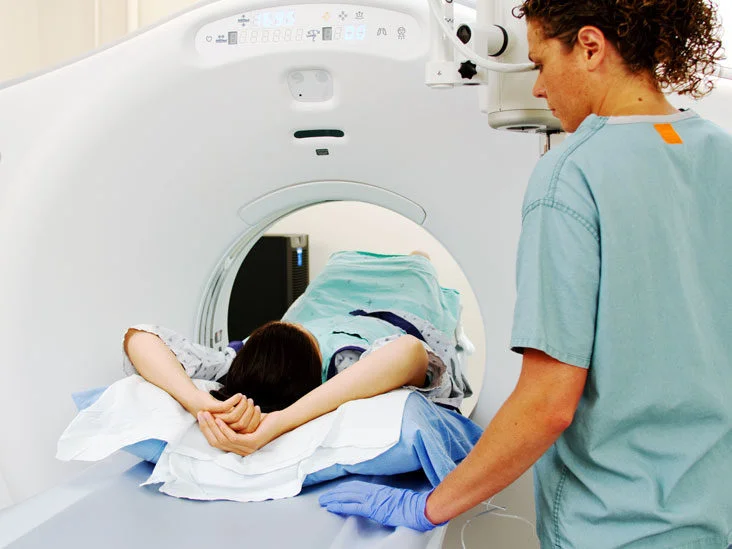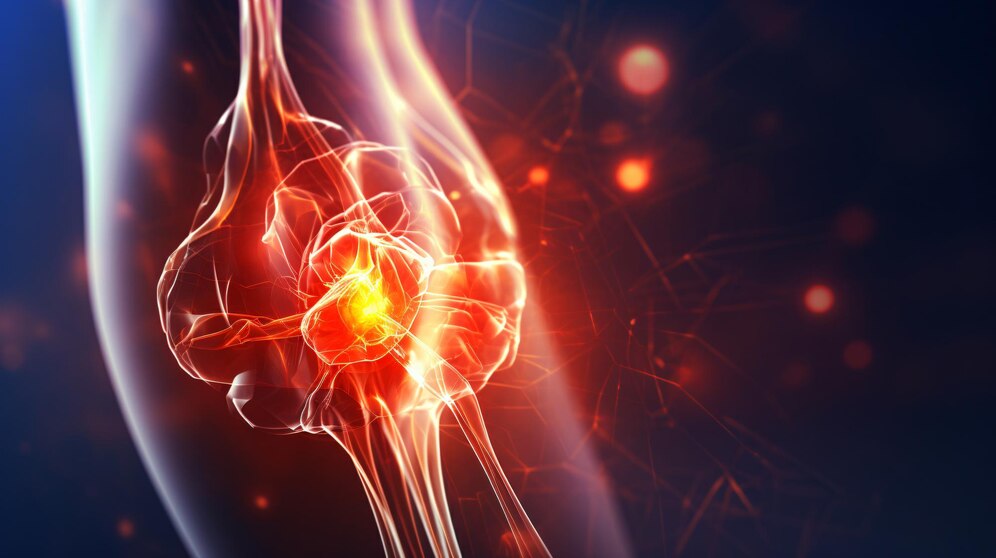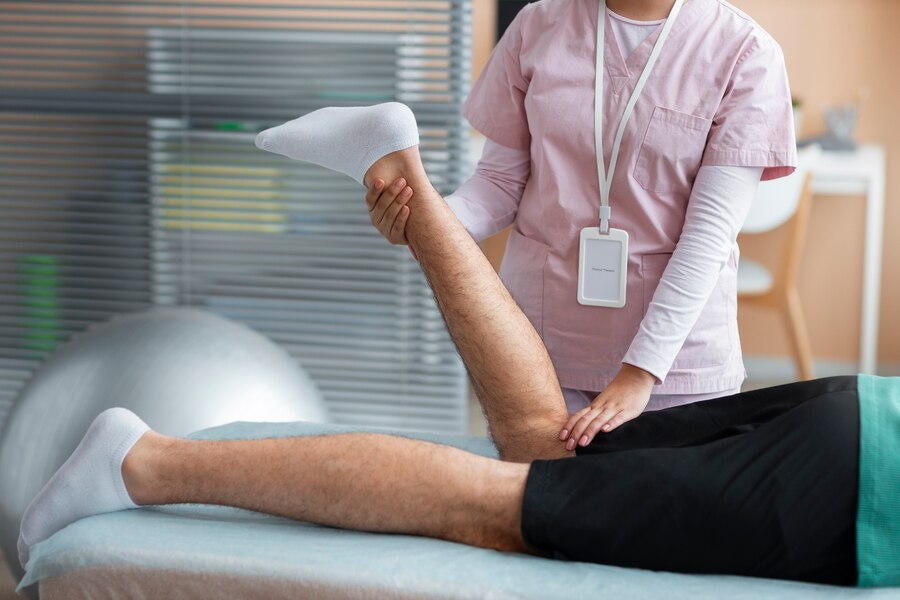Are you experiencing knee pain, but your MRI results came back normal? It can be frustrating and confusing when your imaging test shows no obvious issues, yet you’re still experiencing discomfort. However, it’s important to understand that other possible causes of knee pain may not be visible on an MRI.
So, what are the possible causes of knee pain but MRI normal, and how to treat that pain? Locate your pain using Knee Pain Location Chart and read about the common causes. We’ll also discuss different treatment options to improve your quality of life
What Causes Knee Pain But MRI Normal?
There are several reasons why you may experience knee pain even if your MRI results come back normal:
Patellofemoral Pain Syndrome (PFPS)
PFPS is a common condition that affects the kneecap and the area around it. It is also known as a runner’s knee and is caused by the misalignment of the kneecap as it moves over the femur bone. This can result in pain, swelling, and a grinding sensation in the knee joint. PFPS is a common cause of knee pain, even when the MRI is normal
Iliotibial (IT) Band Syndrome
IT band syndrome is a condition that occurs when the iliotibial band, a thick band of connective tissue that runs from the hip to the knee, becomes inflamed and irritated. This can cause pain and tenderness on the outside of the knee. IT band syndrome is a common cause of knee pain, even when the MRI is normal
Cartilage injury
Cartilage injury is a common condition that affects the knee joint. Cartilage cushions the knee joint and when it is injured, it can cause pain, stiffness, and swelling. While most cartilage ulcers can be seen on an MRI, it is possible to have knee pain from cartilage injury despite a normal MRI.
Meniscal Tears
Meniscal tears are a common injury when the cartilage in the knee tears. This can cause pain, swelling, and a knee-catching or locking sensation. While meniscal tears can be seen on an MRI, it is possible to have knee pain from a meniscal tear despite a normal MRI as most MRI scan cuts are 3mm thick. It is one of the factors that cause a locked knee.
Synovial Plica Syndrome
Synovial plica syndrome is a condition that occurs when the synovial plica, a fold of tissue in the knee joint, becomes inflamed and irritated. This can cause pain, swelling, and a clicking sensation in the knee. While an MRI can show inflammation in the synovial plica, it is possible to have synovial plica syndrome with a normal MRI
Ligament or Tendon Strain
Knee pain can also occur due to a strain or sprain in the ligaments or tendons around the knee joint. This can happen due to overuse, sudden twisting movements, or trauma. These injuries may not appear on an MRI but can cause significant pain and discomfort
Referred Pain
Sometimes, knee pain may result from referred pain from a different body area. For example, pain in the hip or back can cause pain in the knee joint. In these cases, an MRI of the knee may not show any abnormalities, and further testing may be necessary to determine the underlying cause of the pain. Sometimes, it can be knee pain after physiotherapy.

Knee Pain, but Doctor Says Nothing Wrong? Try These Treatment Options
Treatment should always be started after a complete knee evaluation. Here are some treatment options for knee pain despite normal MRI results:
Physical Therapy
Physical therapy can be an effective treatment option for knee pain, even when the MRI is normal. A physical therapist can help you strengthen the muscles around the knee joint and improve your flexibility and range of motion. They can also teach you exercises and techniques to help alleviate pain and prevent future injuries. You can also try Gluteus Medius Exercises For Knee Pain
Non-Steroidal Anti-Inflammatory Drugs (NSAIDs)
NSAIDs such as ibuprofen, naproxen, and aspirin can effectively reduce pain and inflammation in the knee joint. These medications are available over-the-counter or by prescription, and they can be taken orally or applied topically in creams or gels.
Corticosteroid Injections
Corticosteroid injections can reduce inflammation and pain in the knee joint. These injections are usually given directly into the knee joint and can provide relief for several months. However, it is important to note that repeated corticosteroid injections can lead to joint damage and should be used cautiously.
Hyaluronic Acid Injections
Hyaluronic acid injections can be used to treat knee pain associated with osteoarthritis. These injections supplement the natural fluid in the knee joint, which can help improve joint function and reduce pain. Hyaluronic acid injections can provide relief for several months and may be combined with other treatments, such as physical therapy.
Knee Bracing
A knee brace can provide support and stability to the knee joint, which can help alleviate pain and prevent further injury. Knee braces come in different types and styles, and your healthcare provider can recommend the right brace for your specific needs.
Alternative Therapies
Alternative therapies such as acupuncture, massage therapy, and chiropractic care can treat knee pain when the MRI is normal. These therapies can help improve circulation, reduce inflammation, and promote healing.
YES, Your Knee Pain Is Treatable; Contact Us Today!
The causes of your knee pain may not be visible on an MRI, but your pain is treatable, and you can get rid of it. If you’re exhausted with knee pain and need expert care, schedule an appointment at our orthopaedic clinic. Our experienced team of Singapore knee surgeons can properly diagnose your condition and develop a personalized treatment plan to help alleviate your pain and improve your quality of life. Contact us today to schedule an appointment!




